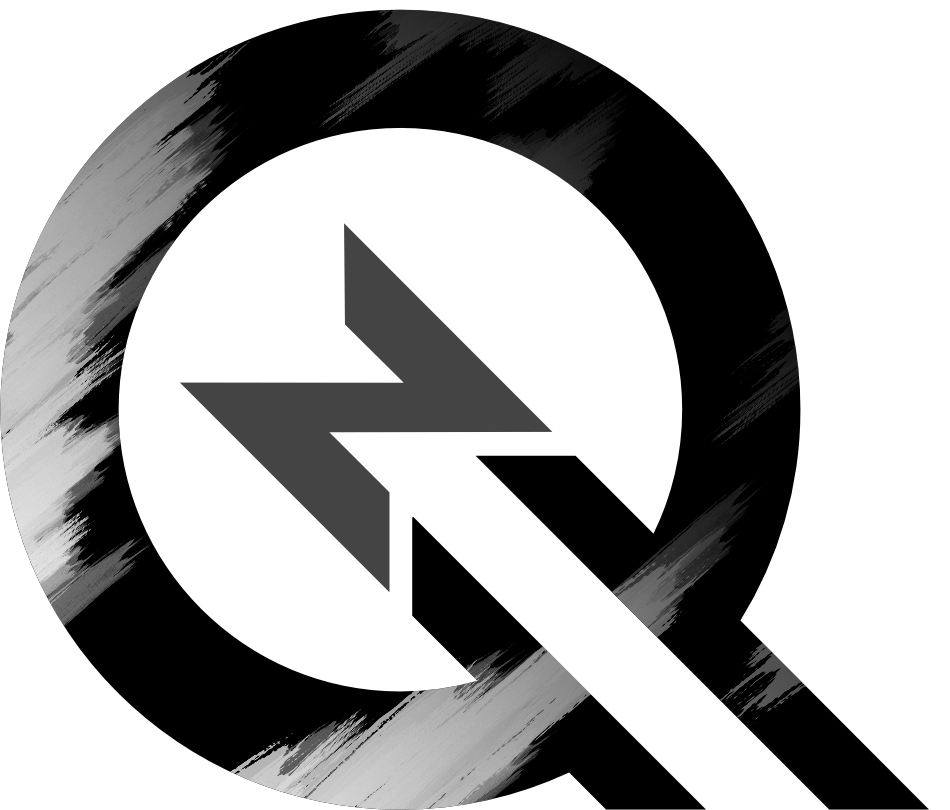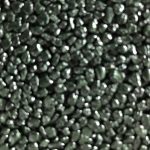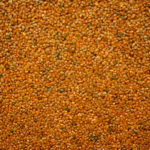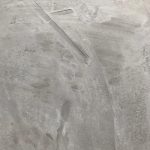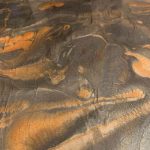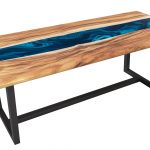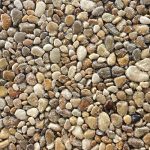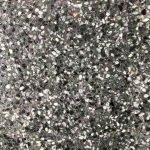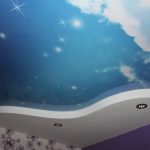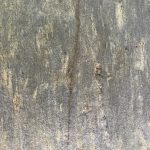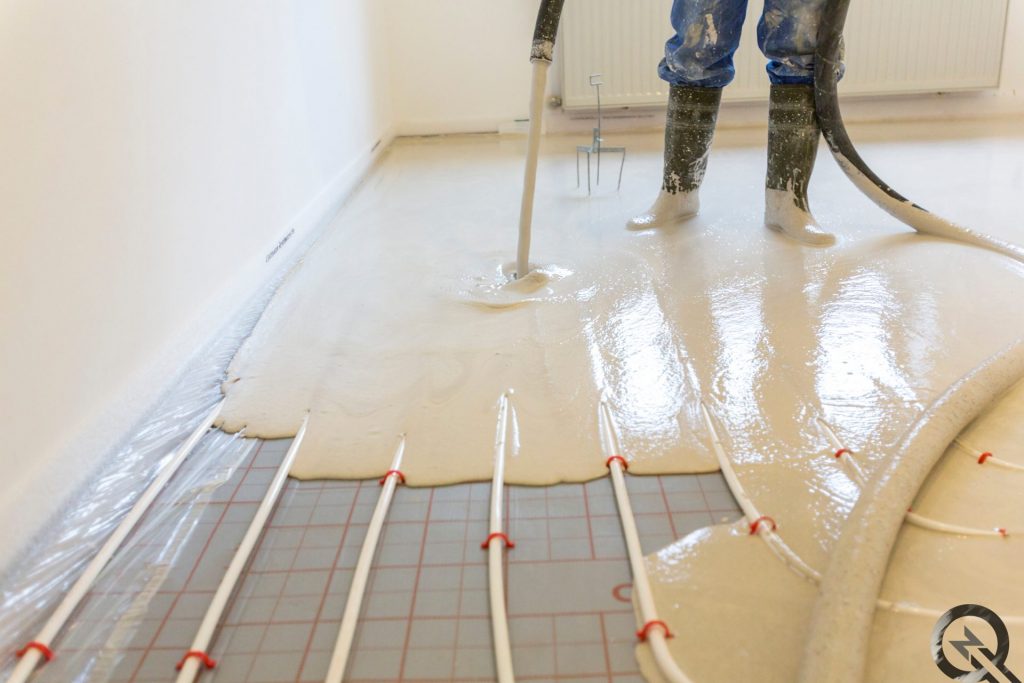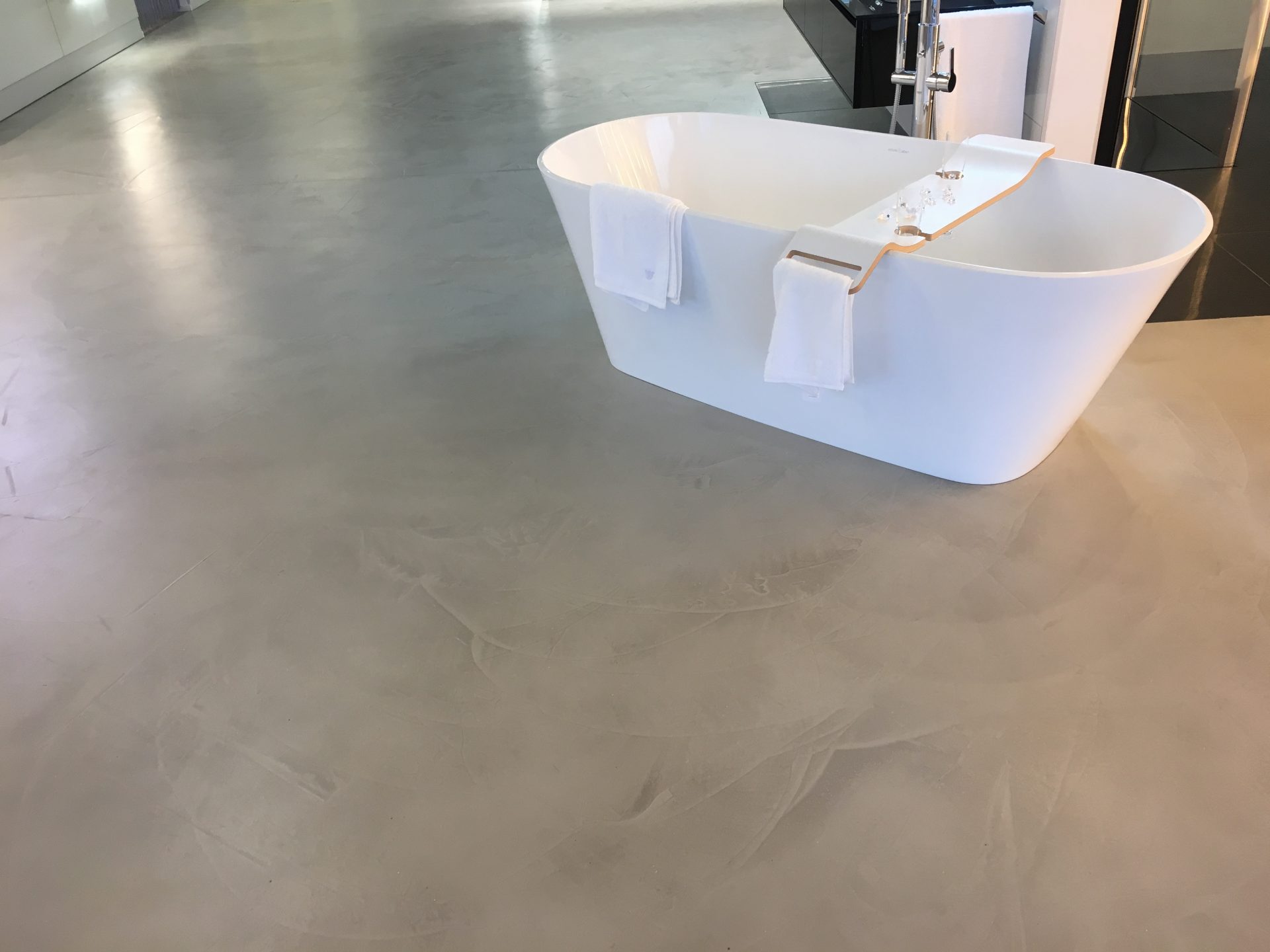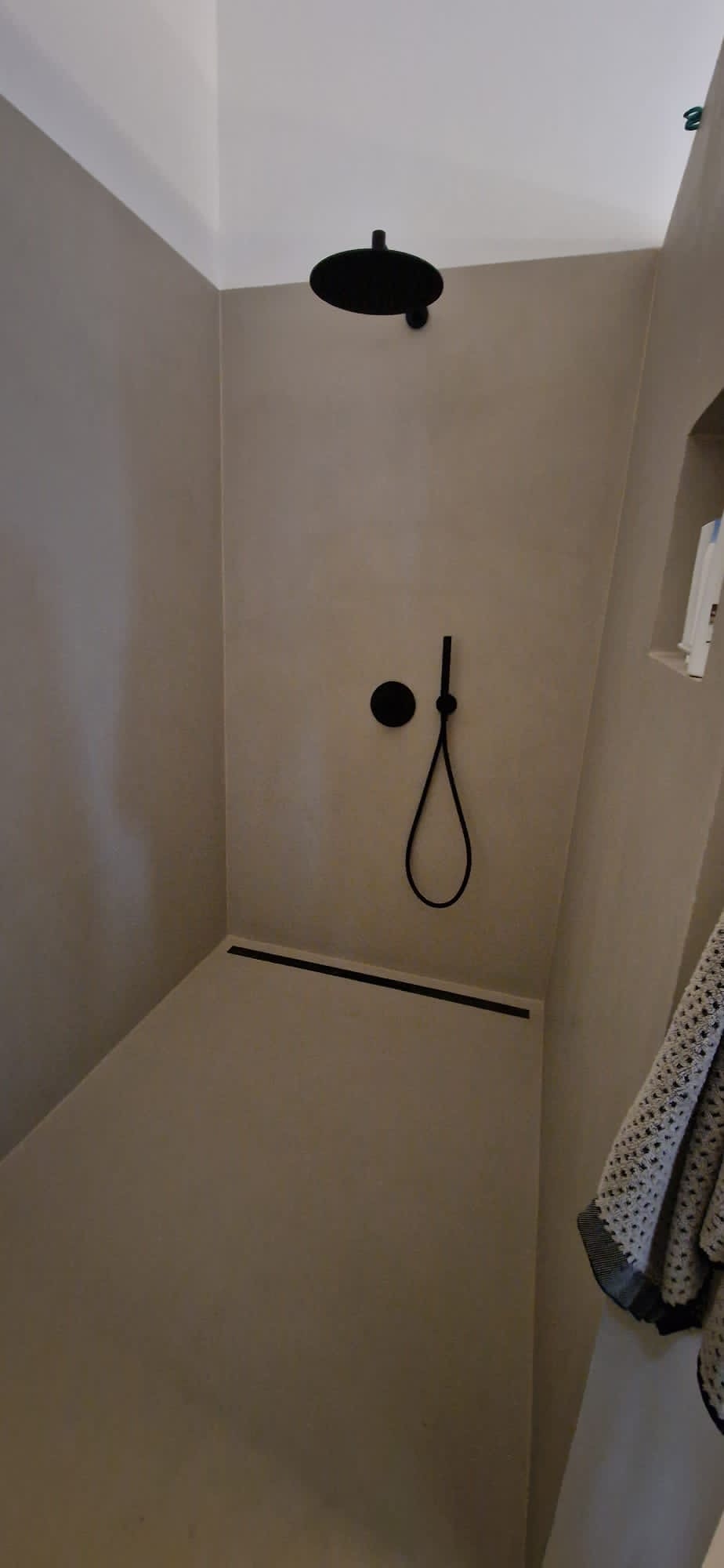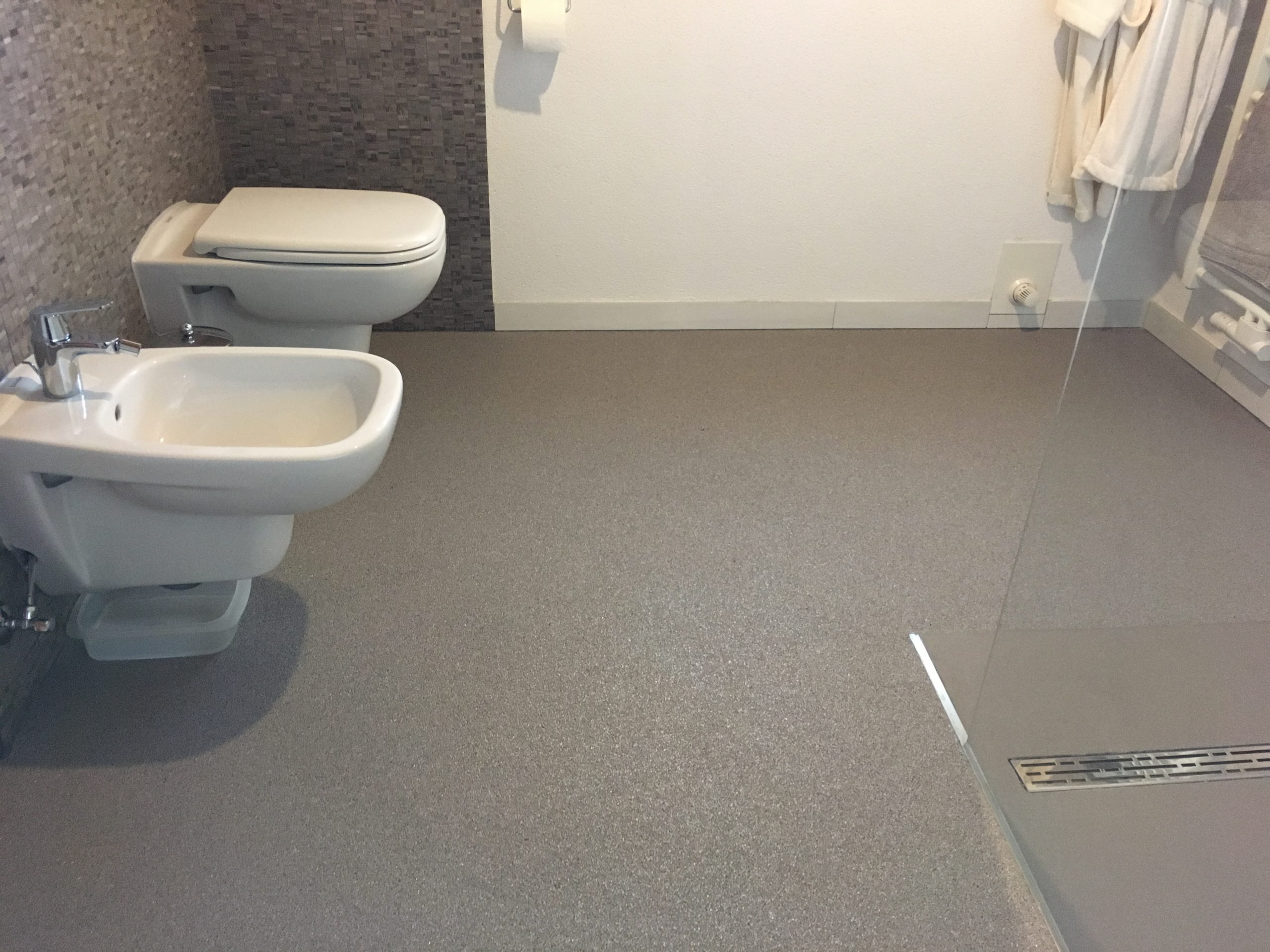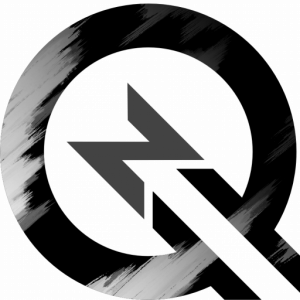It lies at our feet and yet we don’t really notice it – the screed! Yet it has important tasks to fulfill. Because it serves as a subfloor for laying flooring. It is practically the substructure of our decorative flooring*. It compensates for height differences in underground garages, living spaces etc. and conceals cables and pipes. In this first part of our screed series, you will find important information on the production and use of screeds.
* Info: The decorative floors from the Qubo® system include the microcement floor in concrete look, the classic stone carpet and our epoxy resin and terrazzo coating . Many screed layers are already laying our Qubo® floor coatings, as the necessary skills and equipment such as grinding machines are already available. Simply ask your installer or contact us at .
What tasks must a screed fulfill? What is screed?
Screed refers to the floor structure as a level substrate for applying floor coverings such as our Qubo® coating systems ( stone carpet , microcement , epoxy resin floor , mortar floor and Qubo® Terrazzo). One of its basic tasks is to level out unevenness in the floor. Even in new buildings, floors are rarely exactly level. Above all, however, the screed must fulfill its function as a load distribution layer. It also acts as thermal and impact sound insulation. Heating, thermal and sound insulation can be installed underneath it. The screed protects the heating elements of an underfloor heating system from everyday loads.
Production from mortar How is screed produced?
The screed is made from screed mortar. This consists of an aggregate, usually sand, and a binding agent. This can be cement, calcium sulphate, magnesium oxide, bitumen or epoxy resin, for example. Alternatively, dry screed can also be used, which is made from prefabricated panels.
An overview of the areas of application for screed from our installation partner Estriche Robert
9 Examples of installation Where is screed used?
- New & old building
- Substructures
- Balconies
- Terraces
- Conservatories
- Garages
- Industrial & commercial halls
- Basement
- Damp rooms
Later use influences the choice Which screed is the right one?
When is it accessible? How long does screed have to dry?
The drying time of screed cannot be generalized. Depending on the type, this can range from a few hours and days to several weeks. The thickness of the screed layer, the temperature and the humidity also have an influence on the drying time. Adsorption dryers can be used to shorten this time. Some screeds can be walked on before the end of the final drying time. However, complete loading before the end of curing should be avoided.
Opting for a heated screed The perfect combination: screed & underfloor heating
It is practical to combine the installation of underfloor heating with the laying of the screed. A heated screed is constructed as follows: An insulating layer is laid on the concrete floor or floor slab. The heating screed is then applied on top of this. The heating pipes and coils of the underfloor heating can be laid either in or under the screed. By heating the entire surface of the screed, it becomes a huge, walkable radiator.
If the underfloor heating is in the screed, the top floor acts as a heat accumulator. Accordingly, floor systems that can absorb a lot of heat are particularly suitable here. As our trowel and sanded floors such as Qubo® Terrazzo,
microcement and stone carpet are made of natural stone, they have an optimum heat capacity, making them ideal for use on underfloor heating systems.
By the way: Did you know that underfloor heating can be auch in bestehende Böden einbringen kann? Dazu werden Vertiefungen in den alten Boden gefräst, dann Heizschlangen eingezogen und verspachtelt, damit die Tragfähigkeit gewährleistet ist. Zuletzt wird ein neuer Oberboden aufgebracht. Das spart Abrissarbeiten und Arbeitszeit.
What factors determine the price? What does a screed cost?
The price is made up of two factors. It depends on the selected type and the installation costs. In view of the wide range of screed variants, the different materials and binders, the different areas of application and the laying time, it is almost impossible to give a general indication of the costs. With personal advice from a screed layer, you are on the safe side when it comes to planning your screed, the costs involved and the design of your future top floor.
For an overview of many different types of screed, it is worth taking a look at the second part of our series of articles in the interesting facts section.
We will be happy to help you find a suitable screed installer who also installs our Qubo® coating systems. Please contact us by phone at or by e-mail at. We will then work with you to …
… for a strong appearance!
